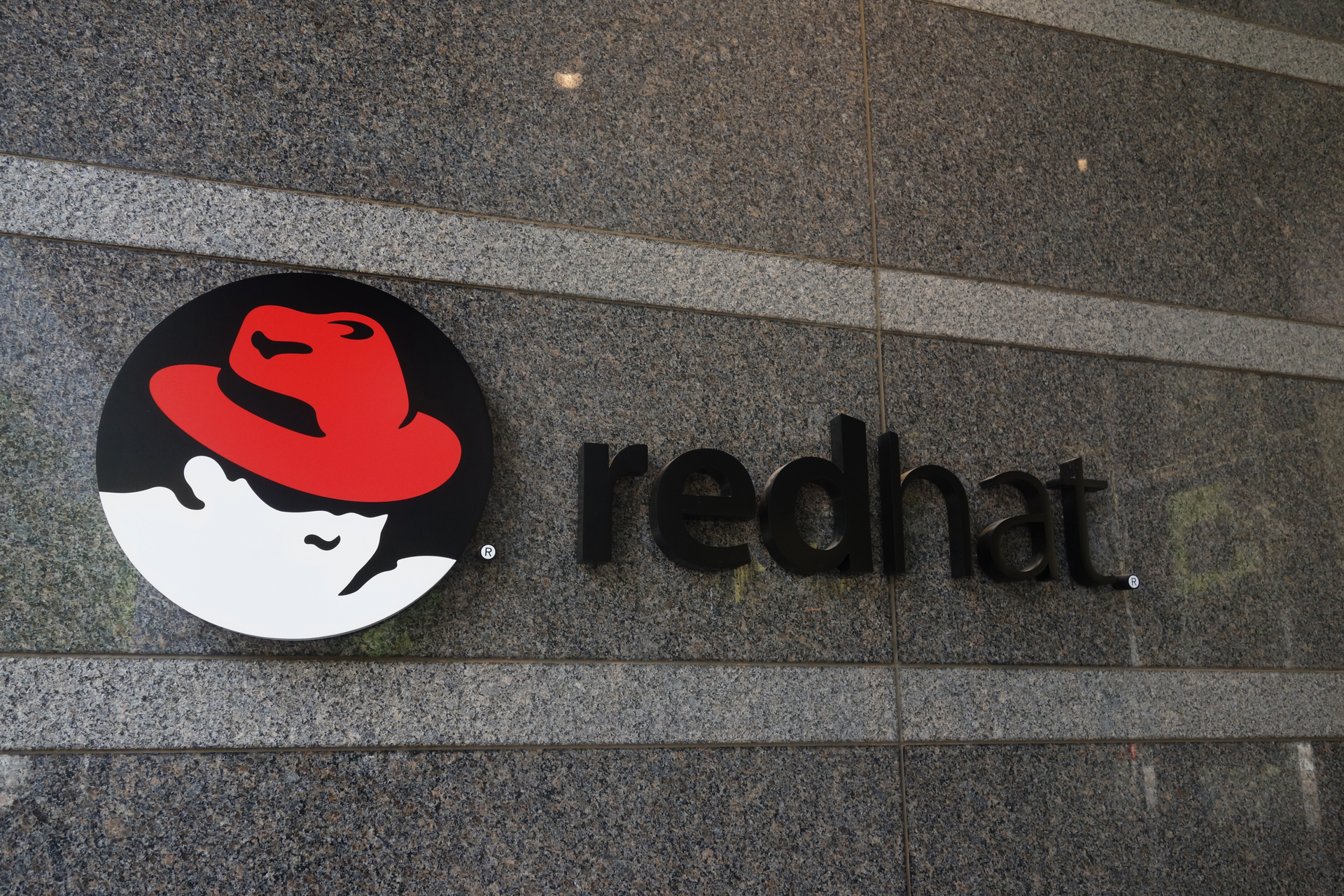
In the realm of complex IT environments, the demand for automation is not a recent development. Many ecosystems already possess their own orchestrators, Red hat, and numerous DevOps tools focus on coordinating tasks while implementing the “Infrastructure-as-Code” concept.
However, consider the likelihood of being able to confine your orchestration to a single environment. This is where the Red Hat Ansible Automation Platform becomes indispensable. The platform’s extensive library of modules and user-friendly extensibility capabilities simplify the orchestration of various “conductors” in diverse environments, all within the framework of a unified syntax.
When deciding on the best approach for implementing new scripted functionality, the Ansible Automation Platform frequently serves as a highly effective alternative to traditional “bare” scripting. It is a versatile “glue” that seamlessly connects IT artifacts within organizations. This platform proves particularly valuable for tasks like infrastructure provisioning, deployment, testing, as well as automation in the context of Kubernetes and Red Hat OpenShift operations.
Want to know more about Red hat? Visit our course now.
Here are a few instances illustrating how automation can benefit your organization:
- Reduce human errors and manual work by implementing automation for operational tasks.
- Enhance your team’s efficiency and create room for tackling more advanced tasks by employing automation.
- Lower the need for diverse skill sets across various domains while simultaneously improving task completion times through automation.
- Mitigate drift and minimize system outages by ensuring greater consistency in task execution and by implementing more scalable processes through automation.
- Set and uphold the desired system baselines to ensure compliance through automation.
- Decrease the risk of security breaches and other security-related incidents by effectively managing patches through automation.
When discussing enterprise security, it’s important to recognize that it’s not a uniform entity. Typically, it comprises a diverse array of solutions from various vendors, managed by separate and often isolated teams. Given this complexity, automation is a valuable tool for security operations teams, as it facilitates the integration of these disparate components, promotes accountability sharing, and links together multiple security technologies in a seamless chain.
Plan Efficient Improvements with Automation using Red hat
Before diving into automation implementation, it’s prudent to take a moment to consider a few essential questions:
- How complex is the use case?
- Can I reduce human error?
- Can I reduce the deployment time and speed up my tasks?
- How frequently am I doing this task?
- How much time can I save by automating this task?
- What is the potential return on investment?
- Can I save some money?
Deliver Automation Efficiently using Red hat
The following are the crucial aspects of an engineering solution that require careful balancing:
- Value of the solution to customers from a business perspective
- Health of the solution in a production environment
- Requirements for the solution
- Design of the solution
- Development and delivery of the solution
- Automation level
- Security and Compliance
- Cost of the solution
In situations where the original project plan may undergo sudden changes or when the environment is exceptionally innovative or dynamic, the risk of imbalance in the aforementioned aspects becomes significantly elevated. In such projects, it becomes prudent to adopt a more adaptable and agile approach to ensure timely, budget-compliant, and high-quality delivery. Our experience shows approximately 80% of projects fall into this category.
Better confidence in your automation or container adoption journey with Red Hat Open Innovation Labs
Red Hat Open Innovation Labs can help your organization initiate a journey toward automation or container adoption. Your team will gain insights into the open-source approach as Red Hat’s immersive residency program pairs your engineers with open-source experts, translating your concepts into tangible business results.
During a 4-12 week Open Innovation Labs residency, your team will learn to align their ideas with the valuable resources provided by open-source communities. Red Hat experts bring extensive knowledge of Red Hat technologies, open-source communities, and the essential transformative methodologies required to unleash your team’s capabilities.
Conclusion
Red Hat Open Innovation Labs offers senior IT leaders a collaborative method for enhancing strategic efficiency. By tapping into the Labs’ knowledge, embracing open-source technologies, and fostering an innovative culture, organizations can unleash significant value to drive their businesses to new heights. Join Red Hat Open Innovation Labs and embark on a transformative journey towards automation or container adoption that will redefine the future of your organization.
Here at CourseMonster, we know how hard it may be to find the right time and funds for training. We provide effective training programs that enable you to select the training option that best meets the demands of your company.
For more information, please get in touch with one of our course advisers today or contact us at training@coursemonster.com











